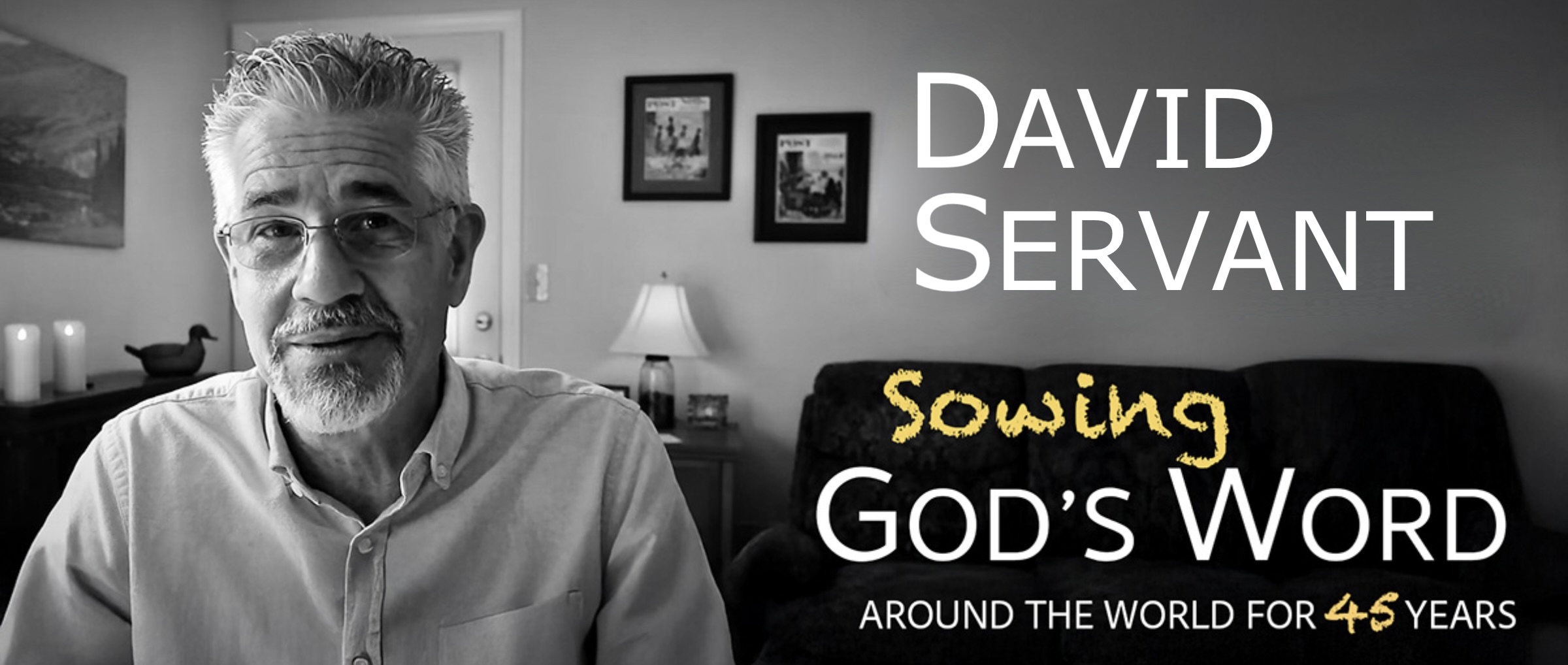
Interpreting the book of Revelation certainly isn’t getting any easier with this chapter. Yet if we remain content understanding general themes, it isn’t so bad. God is holy. He offers mercy. When His mercy ends, His judgment begins.
At first it seems as if Jesus, the Lamb of 14:1, and the 144,000, are on the earth, standing on Mt. Zion in Israel. But as we continue reading, we discover that the scene is actually in heaven (14:2-3). Is there a Mt. Zion in heaven? According to the author of the book of Hebrews, it seems there is. In Hebrews 12, he contrasts the ancient Israelites standing before Mt. Sinai at the giving of the Mosaic Law with the church of the redeemed, standing before a heavenly Mt. Zion:
But you have come to Mount Zion and to the city of the living God, the heavenly Jerusalem, and to myriads of angels, to the general assembly and church of the firstborn who are enrolled in heaven, and to God, the Judge of all, and to the spirits of the righteous made perfect (Heb. 12:22-23).
So it seems that chapter 14 begins with the 144,000 worshipping in heaven, but we are not told how they got there!
Next, we encounter three angels flying through mid-heaven. The first preaches the gospel and admonishes the earth-dwellers to worship God (14:6-7). I wonder if his ministry to earth’s inhabitants is the fulfillment of Jesus’ promise that in the end times: “This gospel of the kingdom shall be preached in the whole world as a testimony to all the nations, and then the end will come.”
The second angel announces the fall of “Babylon the great,” which “has made all the nations drink of the wine of the passion of her immorality” (14:8). This is the first mention of Babylon in Revelation, and we will read more about it in chapters 16, 17 and 18. Babylon is an ancient empire and an ancient city, located in modern Iraq, which has been in ruins since before John’s time. Unless that city (or empire) will be re-established and once again rise to world-wide prominence, then Revelation’s Babylon must be symbolic of a very wicked city that likely exists now, or a future evil empire. In chapter 17 Babylon is referred to as being “the mother of harlots and of the abominations of the earth” and in 18:10 and 21 it is called a city. We’ll consider this more when we read about Babylon in those chapters.
The third angel who flies through mid-heaven warns the earth’s people of the consequences that will befall those who worship the beast or his image, or take his mark: They will be tormented with fire and brimstone, and as much as we may not want to accept it, it appears to be a punishment that will last forever (14:11). Thus it is important that the saints persevere in faith and obedience, as John declares in 14:12, lest they suffer that awful fate (John did not believe in “once-saved-always-saved”). It is better to die than to take the beast’s mark, which is likely why a voice then told John to write, “Blessed are the dead who die in the Lord from now on!” (14:13).
The reaping and pressing of the grapes, depicted in 14:18-20, is obviously symbolic for God’s gathering of the wicked and their subsequent judgment. I suspect it’s a description of the battle of Armageddon, when Jesus returns to wage war with the armies of the antichrist. The carnage will apparently be immense, described by John as being so great that blood will flow for 200 miles to the depth of horses’ bridles (14:20). This is hard to imagine, making me suspect that John’s description is part of the overall symbolism of the passage. But who knows?
The prophet Zechariah described God’s future destruction of a great horde of the wicked, perhaps seeing what John also foresaw. Zechariah wrote, “Now this will be the plague with which the Lord will strike all the peoples who have gone to war against Jerusalem; their flesh will rot while they stand on their feet, and their eyes will rot in their sockets, and their tongue will rot in their mouth” (Zech. 14:12). Yikes!


